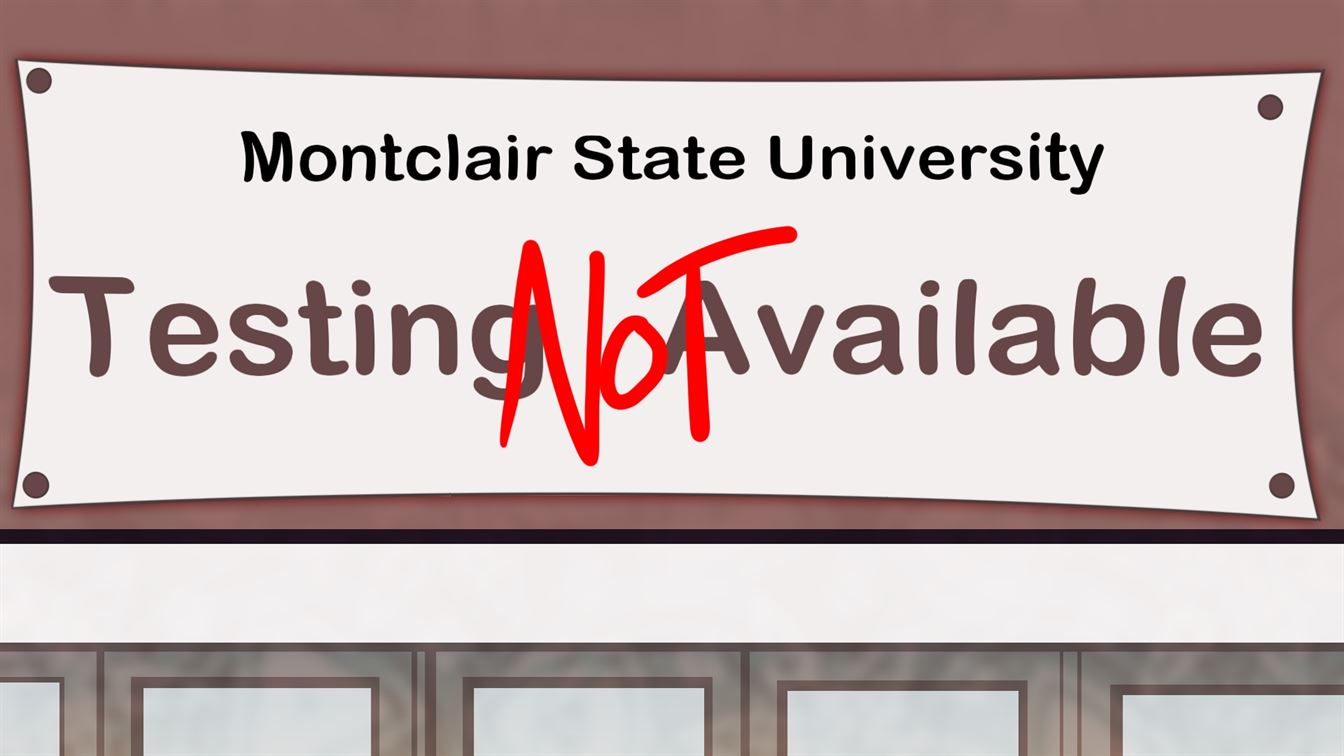When I discovered that I might have been exposed to the coronavirus (COVID-19), I did what anyone would do when faced with the serious nature of potentially being exposed to a deadly disease: panic.
After panicking for a few minutes, I decided to do what some do when pretending to not panic: research. In a case of exposure, it takes common sense to go get tested immediately so you can inform public health officials, as well as family and friends or other parties you may have been in contact with. So, I needed to get tested for COVID-19 and fast. Now, here is the issue: There were no nearby options I could go to for a test.
The closest testing site for a residential student is three miles away in Clifton, New Jersey. If you were to look at a map of COVID-19 testing sites in the state of New Jersey, you would see a plethora of testing sites in the towns of Montclair and Verona. If you have a car, that would be no problem, but what if you depend on ride-share apps like Uber and Lyft, or have to use public transportation options like the bus or the train? Utilizing these options would, in fact, bring more potential harm and entertain the possibility of more exposure to immunocompromised students, staff and other surrounding citizens. Yes, walking was an option, albeit an extremely counterproductive one.
If COVID-19 has brought one thing to our attention, it is the need for proper resources and equal access to them.
The University Health Center at Montclair State University is doing the best they can to contain the spread of COVID-19 and in doing so during the months of September and October, the school offered COVID-19 testing for students, so long as they fit within specific categories. Student-athletes, residential employees and performing arts majors are some examples of students dependent on the availability of testing to ensure that they could safely continue their studies. For comparison, West Virginia University offers free testing to their students, on specific dates and times, to ensure they can monitor the rate of COVID-19 transmission on their campus.
It is common for colleges to not take the responsibility to test their students. According to an article from NPR on colleges avoiding testing students, the plans vary wildly and do not offer much comfort for students who are concerned with the pandemic.
Considering that Montclair State has the honor of being the second largest college in New Jersey, as well as having a growing nursing program, it would seem natural for the school to offer some form of testing in order to protect its vulnerable populations.
Even if there are not a lot of students living on campus, measures such as waivers to leave campus and the Hawk Check health and wellness survey show a genuine desire to flatten the curve at Montclair State, in a far more empirical way.
Despite these important efforts, something is still missing. Besides, what is more data-based than offering to test the student body, publicizing the results and using it to present better and more informed options to the university community as a whole?



